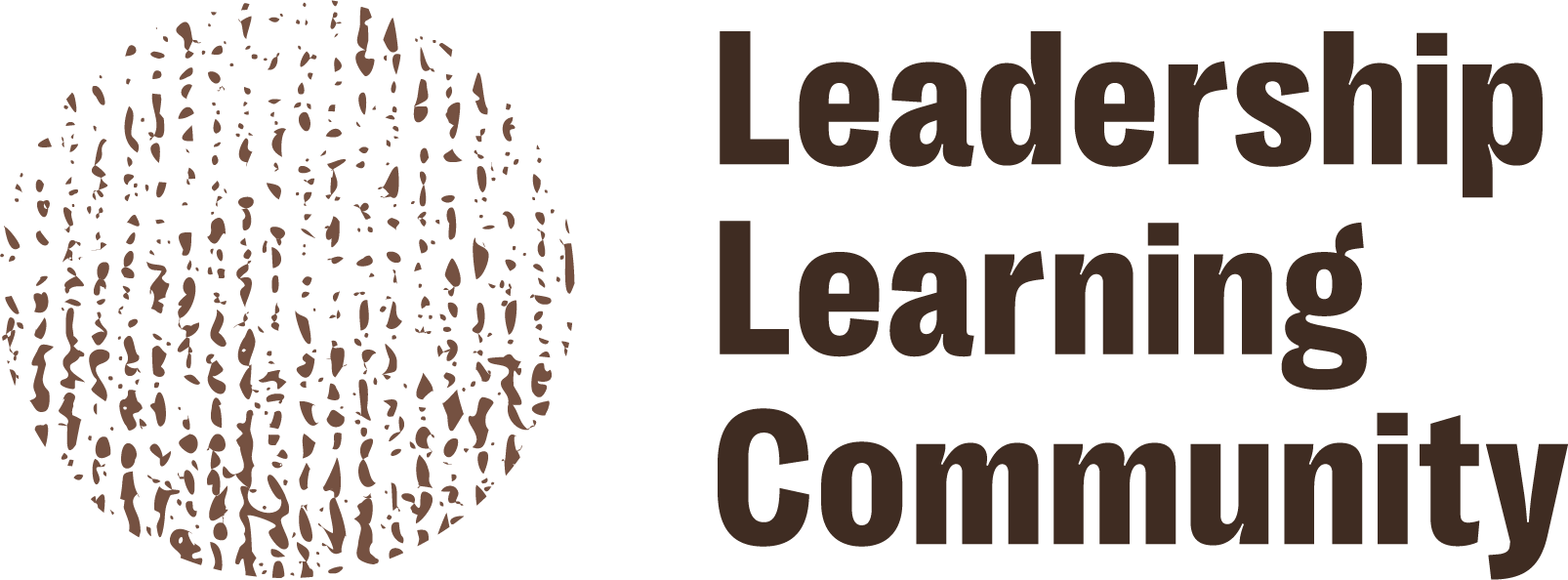In October 2009, at a Leadership Learning Community (LLC) Bay Area Circle, Miho Kim and Celia Davis of the DataCenter shared their learning about the “Shared Leadership” model adopted by the Center in 2006. The two-hour meeting was very well-attended, raising many questions that went unanswered due to the time constraints. The high level of interest and participation in the topic appears to reflect the degree to which many in the nonprofit sector are beginning to explore different models and ways of working together. Miho Kim generously agreed to a follow-up conversation with me to flesh out some of the questions raised at the convening (this piece is a synthesis of our interview and the Bay Area circle convening).
The DataCenter’s model of Shared Leadership aligns with LLC’s Leadership for a New Era (LNE) initiative. The LNE is a collaborative initiative that promotes a shift from the status quo of the individual as a leader model to a collective model that is inclusive, rooted in community, and action-oriented. In 2008, the DataCenter received an LLC Community Seed Fund grant that supported their facilitation of three sessions on Shared Leadership with organizations and individuals in the Bay Area. Their commitment to a model of shared leadership is demonstrative of one of many organizations who find they are struggling with and addressing issues of what it looks like to be an organization addressing social justice issues.
The elements and goals that make up the DataCenter “Shared Leadership” model are (extracted from their Bay Area LLC PowerPoint presentation):
Shared Leadership Model
- Pay equity
- Rotation of positions (staggered)
- Value-based (articulate own values as the foundation of org. mission and how we fulfill it)
- Program and administrative integration
- Leadership development (professional/cultural/spiritual)
Goals of the “Shared Leadership Model”
- Ownership of org. by staff and board
- A model that seeks to dismantle racism and systems of oppression
- Develop long-term, sustainable leadership by people of color
- Increase accountability to our stakeholders and constituent groups
- Super-modeling “walking the talk”
The DataCenter arrived at its model of Shared Leadership through a lengthy staff process facilitated by Pat St. Onge, the interim director at the time. Their decision to embark on this journey resulted from several deep rifts and tensions that began to polarize those in the organization and the realization that the ability to fulfill its mission was being compromised. DataCenter was looking at systemic change within the organization, which would involve both external and internal work. A key milestone was the organization articulating how it defined ‘research’ from the perspectives of historically colonized communities, shifting away from the conventional assumption that it had to be about studying the “other” as outsiders.
I think a lot of the work that DataCenter was doing was cutting-edge – a very dynamic team of dedicated people who believed that research made a difference in empowering people’s voices. They would bring research tools to communities historically placed farthest from sites where any research occurred and had been imposed roles as “research subjects.” And that systemically compromised their rights and the capacity to wield social science tools to build their credibility in policymaking. And there was a way in which’ research’ was a prominently used tool for conquest. We needed to be explicit about what makes the research we do as communities of color different from those that our communities have experienced. And that gave rise to a very clear fundamental principle at the DataCenter – that we view ‘research’ as a tool for liberation and organization, and it consists of not only social science but our indigenous methods of knowledge production and transfer as well, on equal terms – as potent tools for building community’s political power. (Miho Kim)
DataCenter decided to expand the scope of the “we” and study themselves as a social justice movement. Where the organization’s well-thought-out philosophy around research was about how people of color could reclaim and redefine research as there to make a difference, there was a sense that internally, those political philosophies (that were articulated) were not being fully practiced. Some of the questions that surfaced were: So what is this contradiction? How do we make sense of it? How do I justify it to my allies? It’s the perennial question – How do we internally walk the talk? They began to engage in a lengthy process that included unpacking people’s definitions of leadership and power. One of the early observations was that there was a great deal of silo-ing in the old structure (program staff – executive staff) and a lack of cross-pollination. Miho said they engaged in a process that included a power analysis involving personal reflection and exploring various types of “power” in both its negative and positive forms.
Miho stressed the importance of starting with the core values . . . core values, absolutely, as a starting point. So if folks haven’t already done that, don’t start with the structure . . . and that’s the whole intangible stuff that often is the most important thing in ensuring organizational sustainability – whether it’s programmatic, or staffing sustainability, or financial or fundraising sustainability. The model that DataCenter adopted is a values-based model where everyone is on the same page about what the absolute bottom-line things are that make up the centerpiece out of which the organizational components are created. And everything is aligned to strengthen and maximize the impact of the organizational mission. Another critical part of the model is building trust and relationships – and authorizing people to make decisions. When making decisions . . . I have the mandate to make decisions on a particular matter but must consider the core values and principles (articulated in the “DataCenter Constitution” quilt – if this is a relevant factoid, we like to discuss it) in the decision-making process.
DataCenter’s leadership model is structured so that staff’s job is split up 80:20 between program and administration (80% is primary position, with the 20% in a different department in support/shadowing capacities), and the 20% portion is rotated into other places every two years. This allows everyone to learn, develop, and experience the organization’s program and administrative aspects. In addition, their pay equity scale is such that everyone is paid the same salary rate, a decision that values all sets of skills and abilities. For example, someone who might have been in recovery or has come from a street economy possesses experiential knowledge that we recognize as organizational and programmatic assets. DataCenter made a couple of hires after the shared leadership model was launched, and in all cases, the criteria included the bottom line – core values. There is an aspect of having to constantly invent and tweak, sometimes in a messy way. Still, increasingly more systematically and methodically, how we can work together …. We are dedicated to building the leadership of the community served.
The DataCenter’s Shared Leadership model requires that the spirit of reciprocity be played out concretely. It is a journey, a continuing process focused on delivering and fulfilling the mission, requiring a significant investment of time and a long-term commitment. The model challenges people’s barriers – on some level, it is also about personal transformation. I was struck by the level of engagement and interest at the Bay Area convening, but I also encouraged that as we leave behind the first decade of the 21st Century, many of us are exploring different models of work, for example, models that understand leadership as a collective process.
Related Posts
October 24, 2023
Boo! What’s scary about shared and distributed leadership?
August 22, 2023




